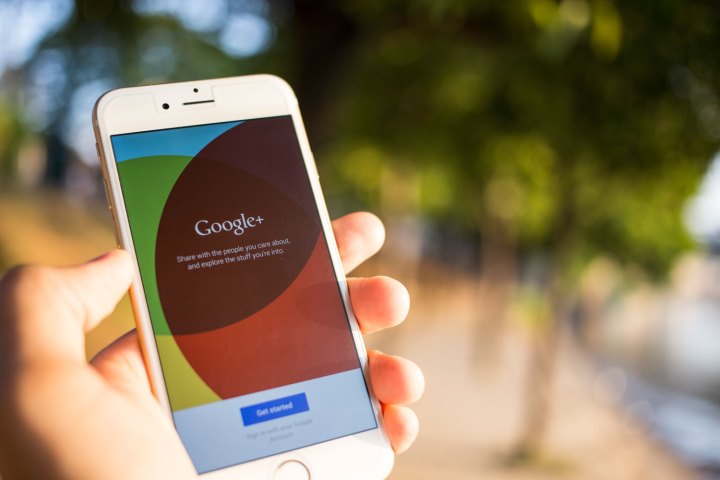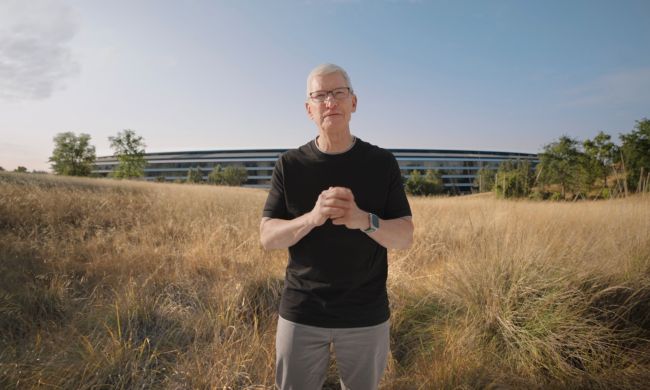
My Account may represent a wealth of information, but it’s not exactly useful if you can’t find it easily. That’s why Google is adding two search options, a vanity search in Google and a voice command on devices with Google’s virtual assistant, to highlight My Account prominently. If you’re signed into Chrome or Google on the web, a query for your name will yield a link to the My Accounts page at the very top of the search results. Getting there is even easier within the Google app on Android and iOS: verbalize the command “OK Google, show me my Google account” and My Accounts automatically pops in.

My Account’s getting a new setting, too: Find My Phone. Much like the Find My iPhone feature on iOS devices like the iPhone, Find My Phone provides a number of self-servicing options such as the ability to call, sign out of, lock, and/or wipe your device. But uniquely, it also includes links outside help if you’re having trouble, including to your phone carrier’s support line and contact information for local law enforcement. There’s even a Google Maps view of the nearest lost and found centers if the situation gets quite desperate, and a nifty voice prompt for activating Find My Phone quickly (just say, “I lost my phone”).
“Find my phone” tools are hardly novel, and Google offers many of the same options via its Android Device Manager app for Android smartphones and tablets. But Find My Phone crucially works on iOS devices in addition to Android phones. It can’t wipe iPhones or iPads — protections in iOS prevent that — but it provides handy tips about how to do so via Apple’s iCloud.
The My Account vanity search quick links service is rolling out “in the coming weeks.” The voice prompt, meanwhile, goes live today for English-speaking users, as does Find My Phone.

